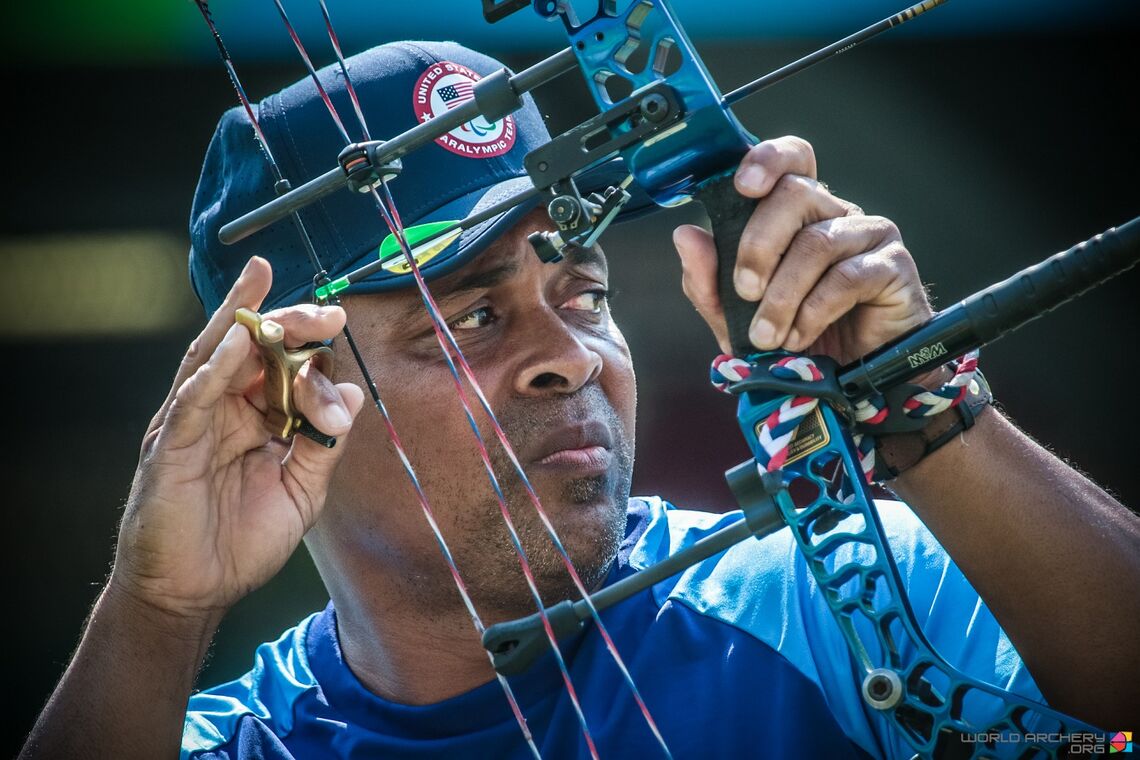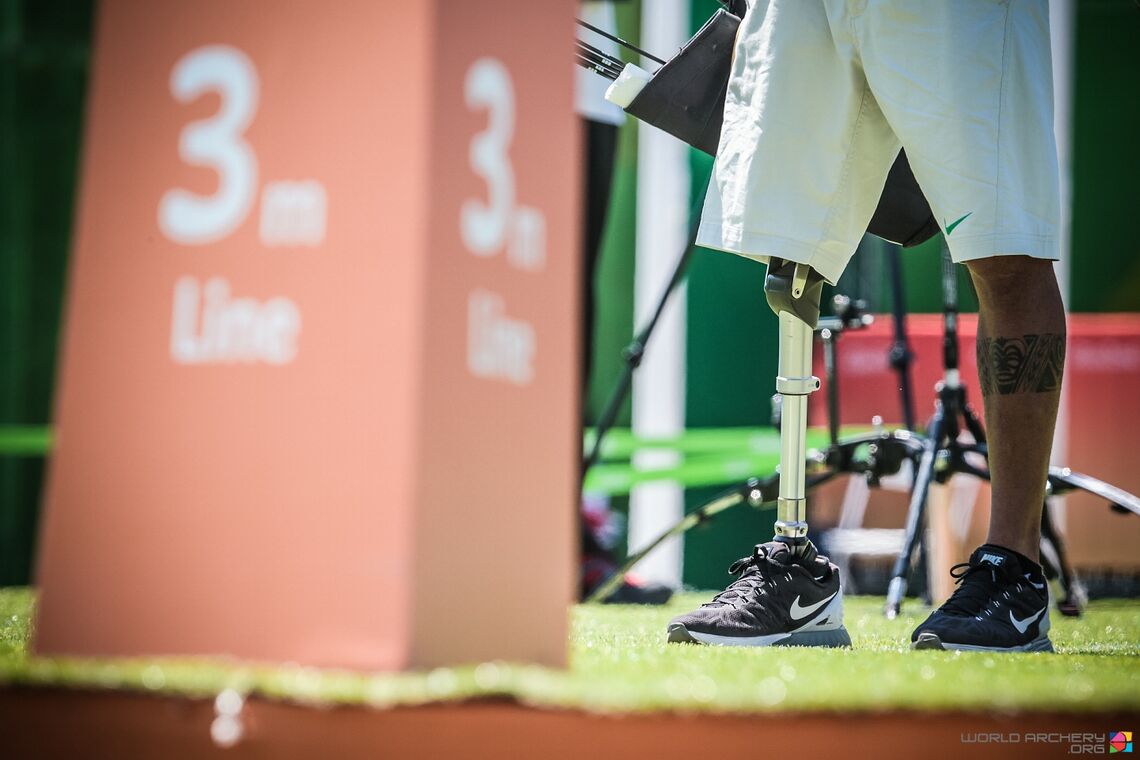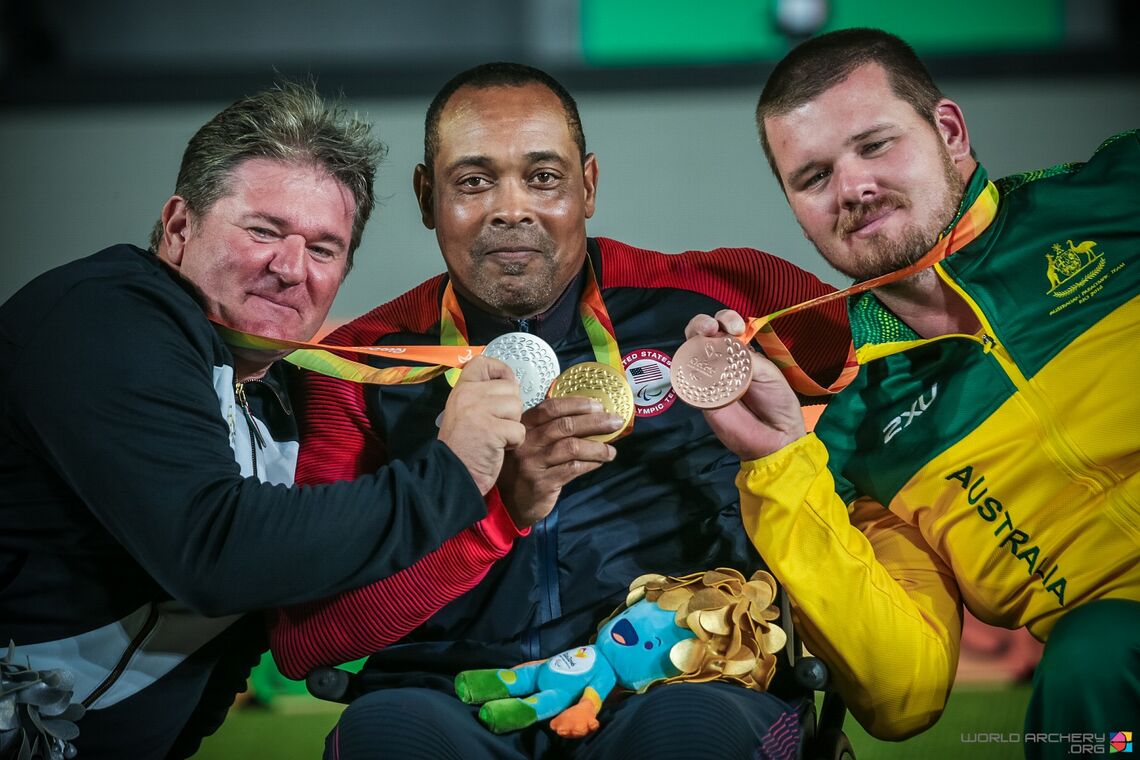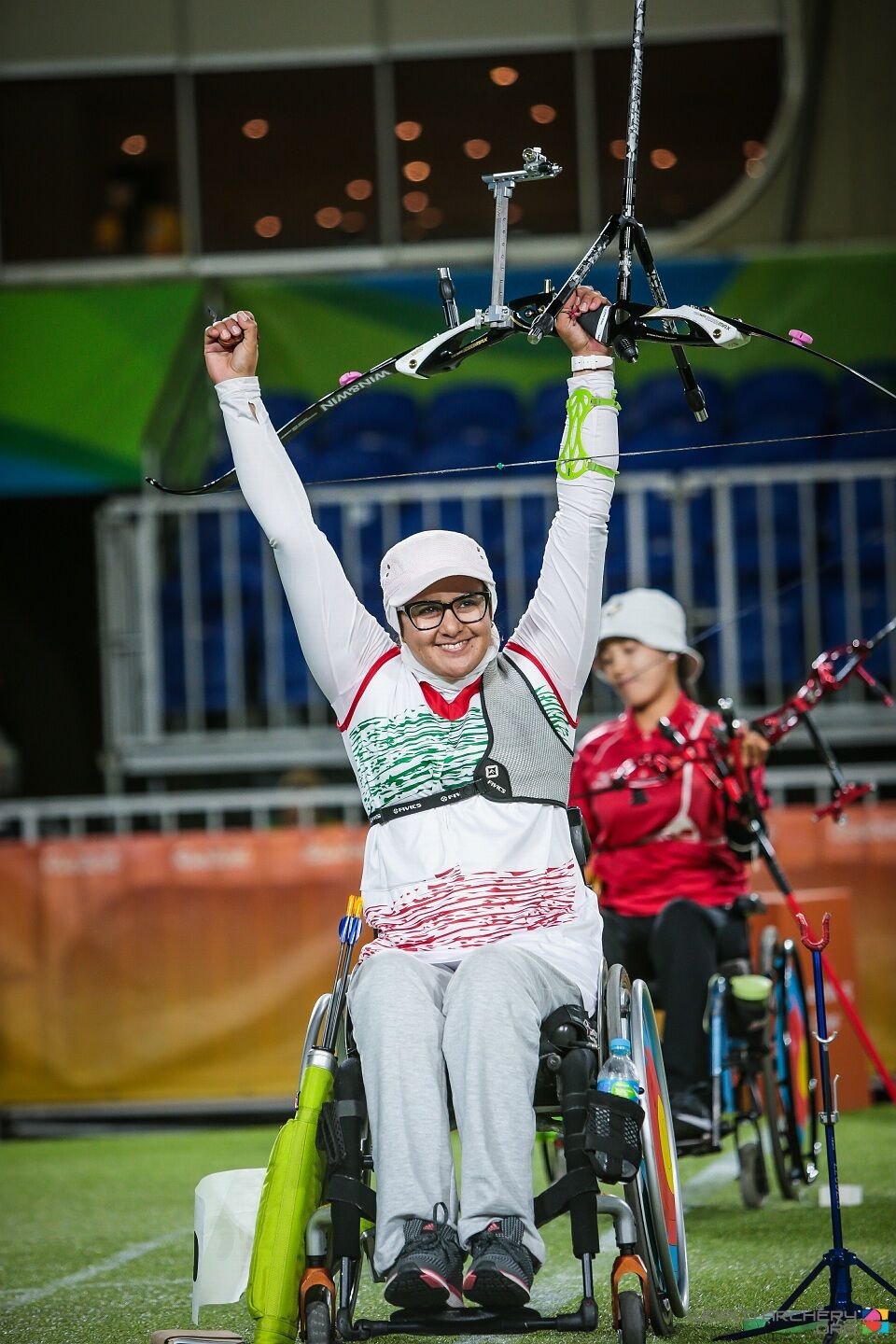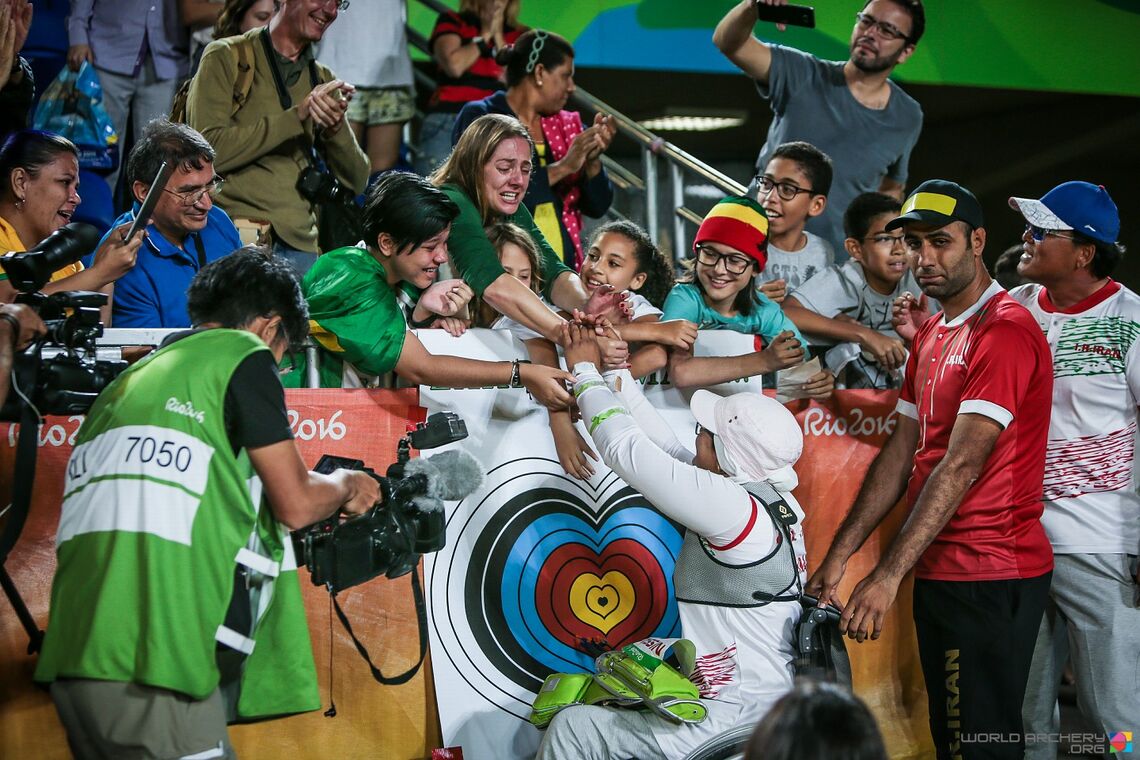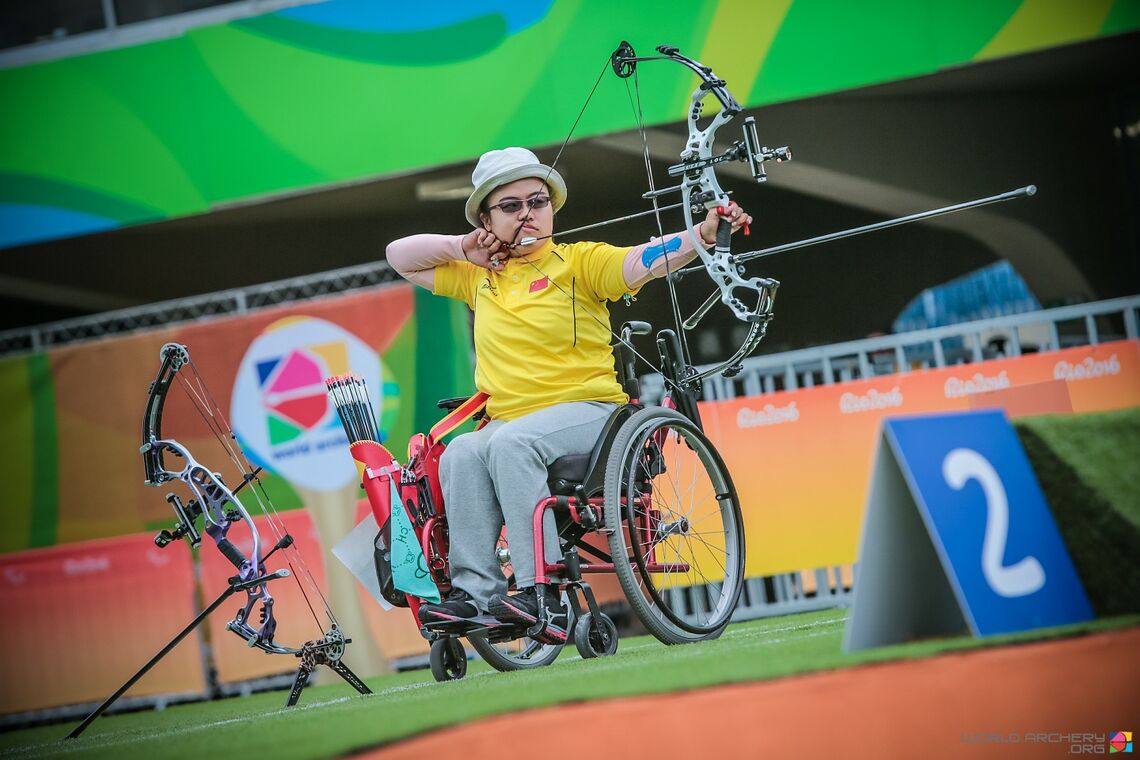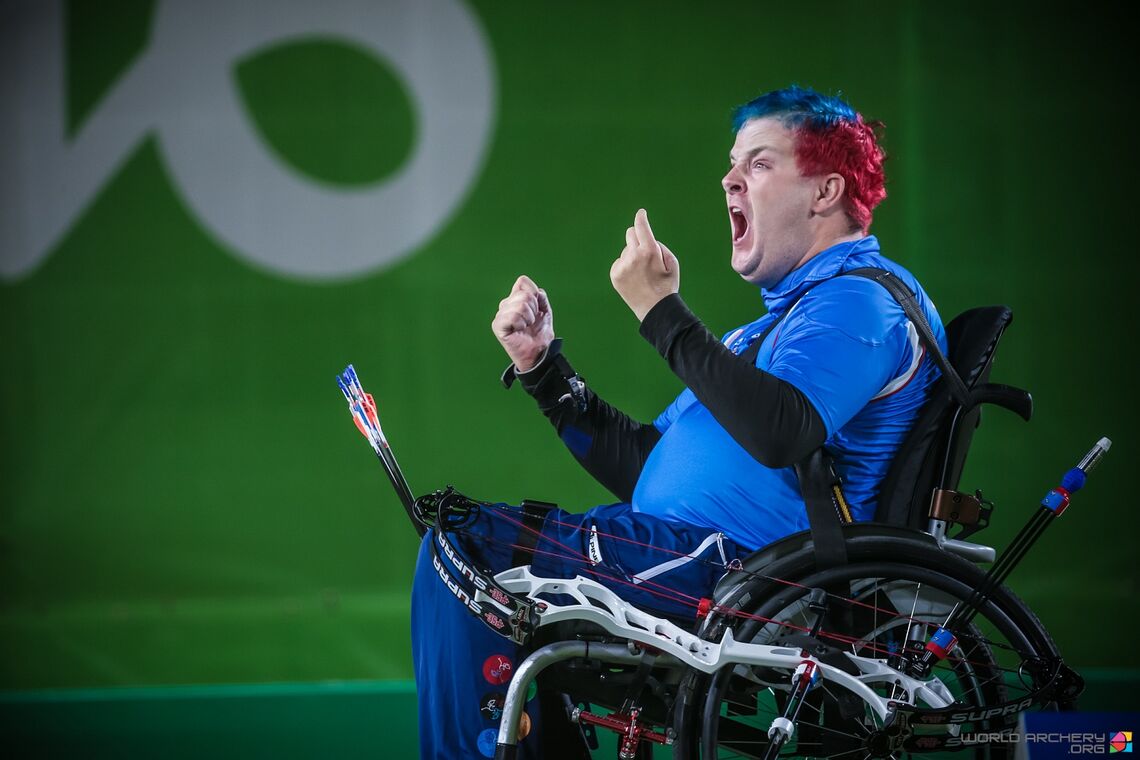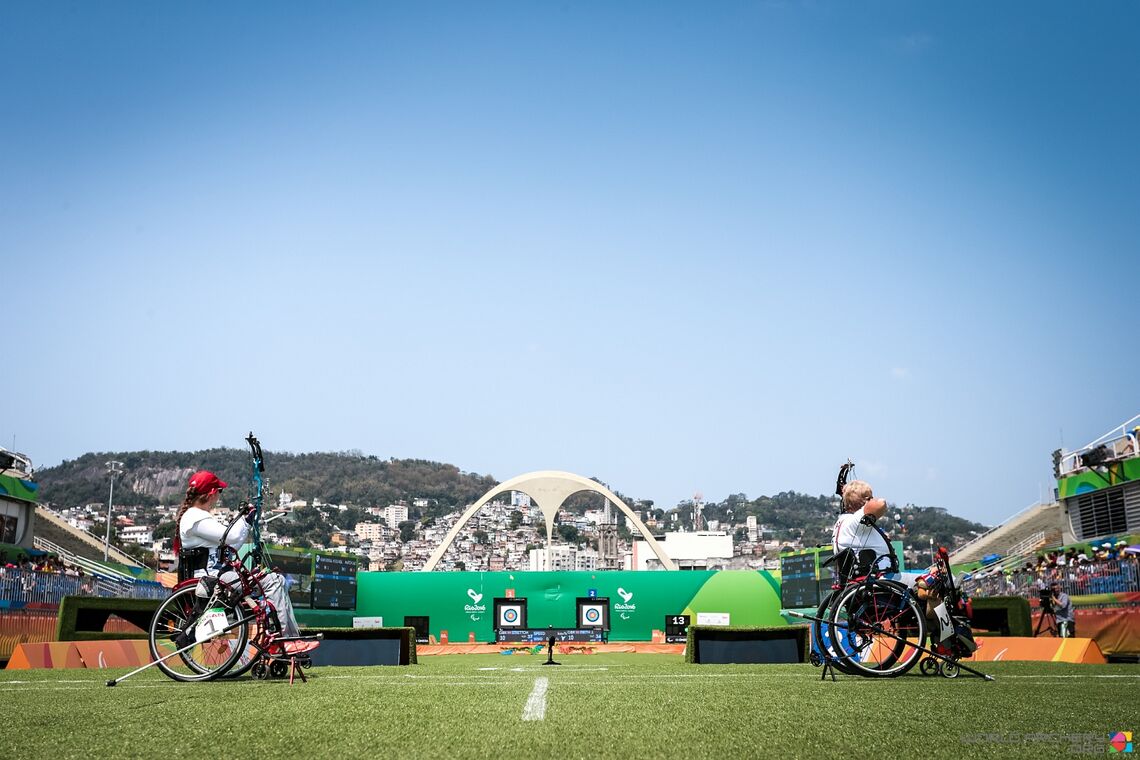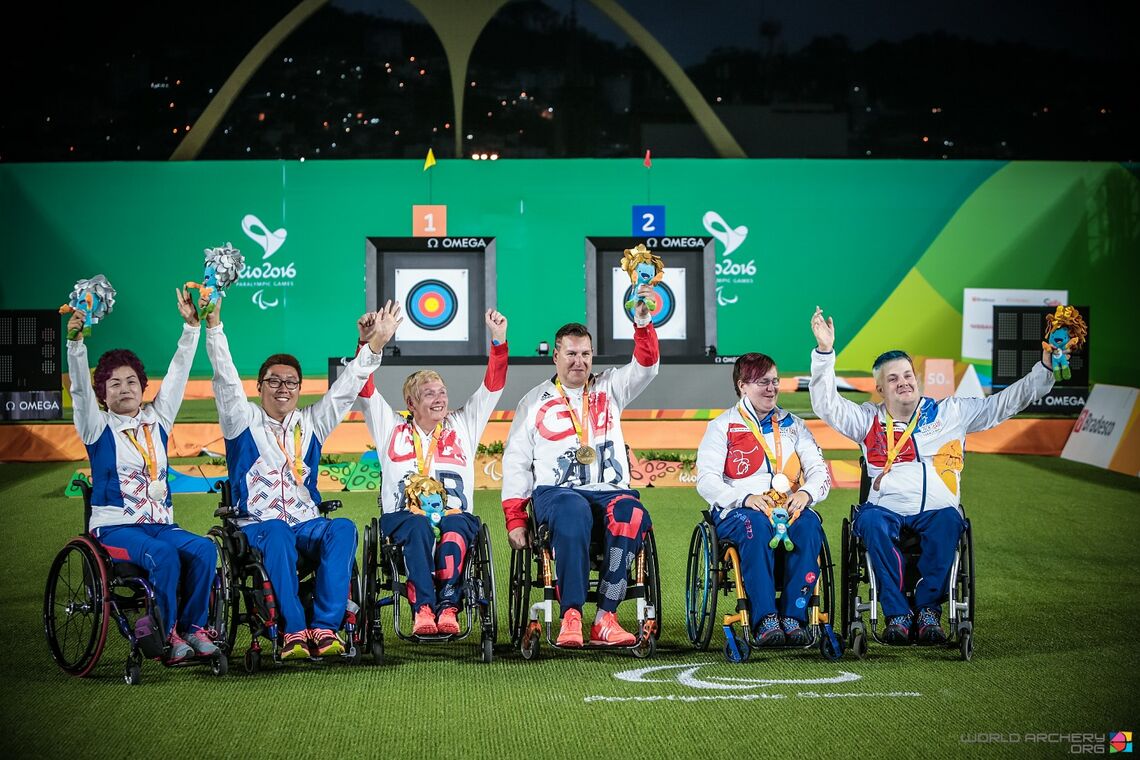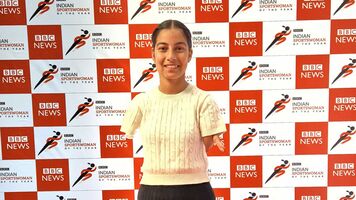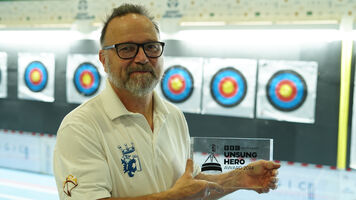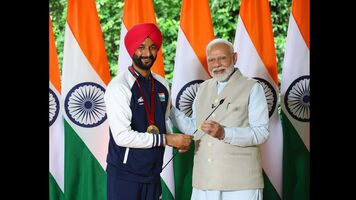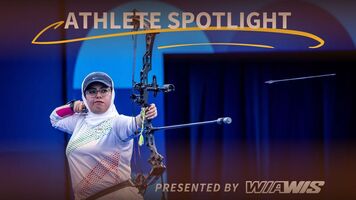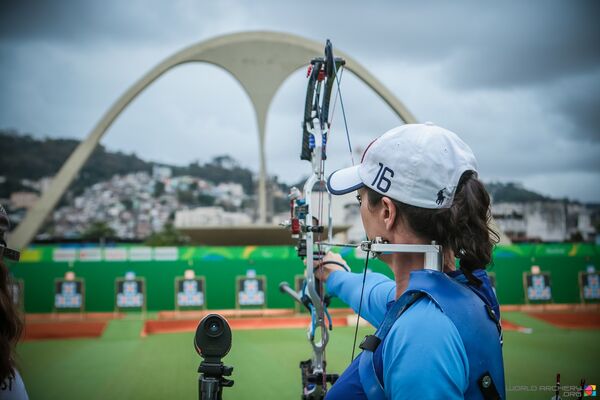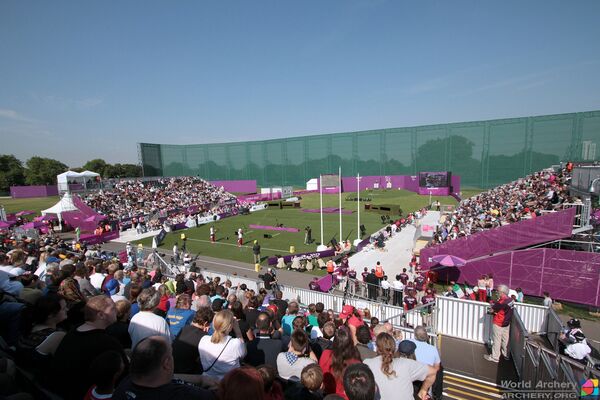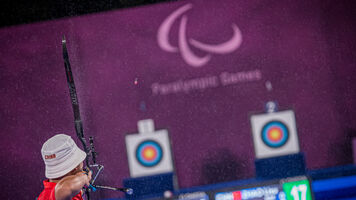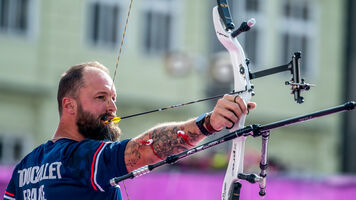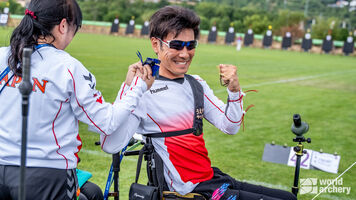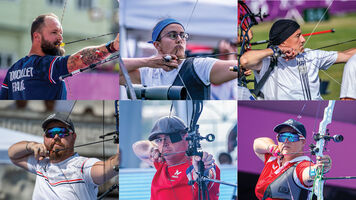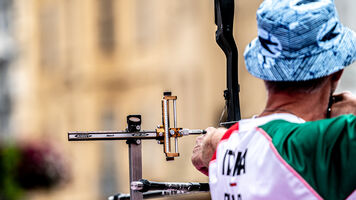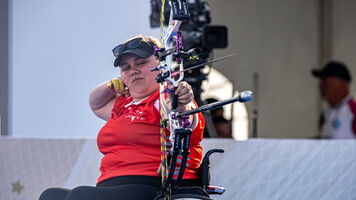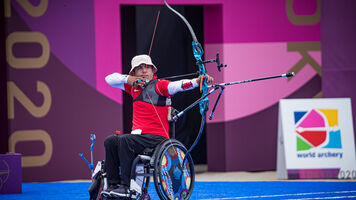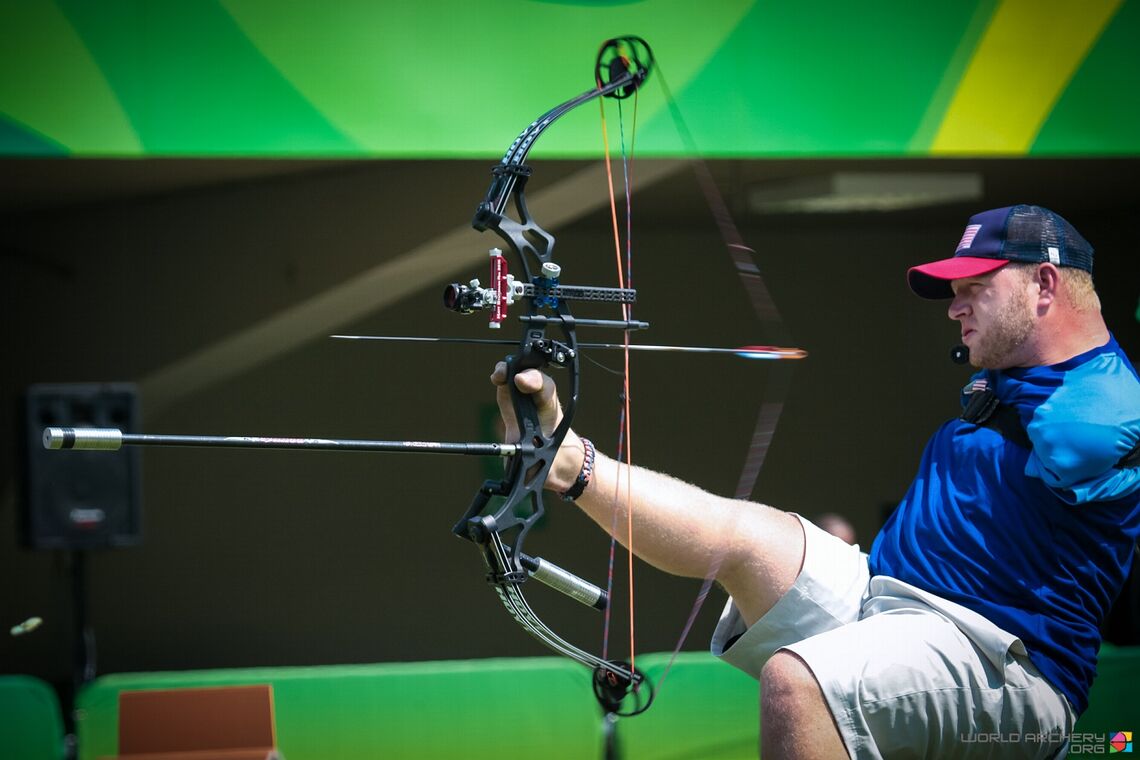
Archery at the Paralympics
Archery has been a permanent fixture at the Paralympic Games since they began in 1960.
Archery is rooted in the history of the Paralympic movement.
The sport was used as a rehabilitation activity for injured veterans by Dr. Ludwig Guttmann at Stoke Mandeville Hospital in the 1940s. He held the first archery tournament for 16 patients at the English hospital in 1948. The competition was run annually, and in 1952 a Dutch team participated, setting the foundation for an international event for impaired athletes and acting as a precursor to the Paralympic Games.
Archery was included at the first Paralympic Games in Rome in 1960 and has remained on the programme ever since.
International para archery was governed by the International Paralympic Committee until 2009, when ownership of the rules, promotion and regulation of the world championships, and responsibility for the archery events at the Paralympic Games, was transferred to World Archery.
The rules, particularly surrounding the classification and competition categories for para archery, have evolved significantly since para archery first started, with the last major update coming in 2014. Archers currently compete in open and W1 classification categories using recurve and compound bow at the Paralympic Games. The competition formats mirror the formats used in target archery.
The archery competitions at the Paralympic Games are often held in the same venue as the Olympic Games.
Notable Paralympians
Paola Fantato of Italy is archery’s winningest Paralympian, having collected five gold, one silver and two bronze for a total of eight medals across five Paralympic Games from 1988 to 2004.
Zahra Nemati made history at London 2012 when she became the first Iranian athlete to win gold at either the Olympic or Paralympic Games. She successfully defended her Paralympic Champion title at Rio 2016, having carried the flag of Iran during the opening ceremony, and also competed at the Olympic Games, finishing 33rd.
Great Britain is archery’s most successful nation at the Paralympic Games. The country has accrued 21 gold, 24 silver and 23 bronze for a total of 68 medals. Britain is one of three nations, the others being France and the USA, to have competed at all 16 editions of the event.
Para archer Neroli Fairhall of New Zealand, who won a gold medal at the Arnhem 1980 Paralympic Games, became the first paraplegic athlete to participate in the Olympic Games four years later in Los Angeles.
Latest news: Para archery
Timeline: Paralympic archery

Tokyo 2020
Delayed by one year due to the COVID-19 pandemic, the archery competitions at the Tokyo 2020 Paralympic Games will be held in the same venue as the Olympic Games: the purpose-built archery range at Yumenoshima Park.
The number of athletes and competition events remain unchanged from 2016.
Read more about Tokyo 2020.

Rome 1960
Held alongside the 1960 Olympic Games in Rome and now retroactively recognised as the first Paralympic Games, this event featured both archery and dartchery competitions. World Archery does not recognise the discipline of dartchery, which remained on the Paralympic programme until 1980. There were eight archery events, using a combination of international rounds (1440 Round) and local rounds from Great Britain and the USA (Columbia, St Nicholas and Windsor rounds).
Nineteen archers from eight nations participated.
Read more about Rome 1960.
Stoke Mandeville Hospital
Dr. Ludwig Guttmann organised the first Stoke Mandeville Games for the Paralyzed for his patients at Stoke Mandeville Hospital in England to coincide with the 1948 Olympic Games. Fourteen men and two women competed in an archery competition. The event would be organised annually.
